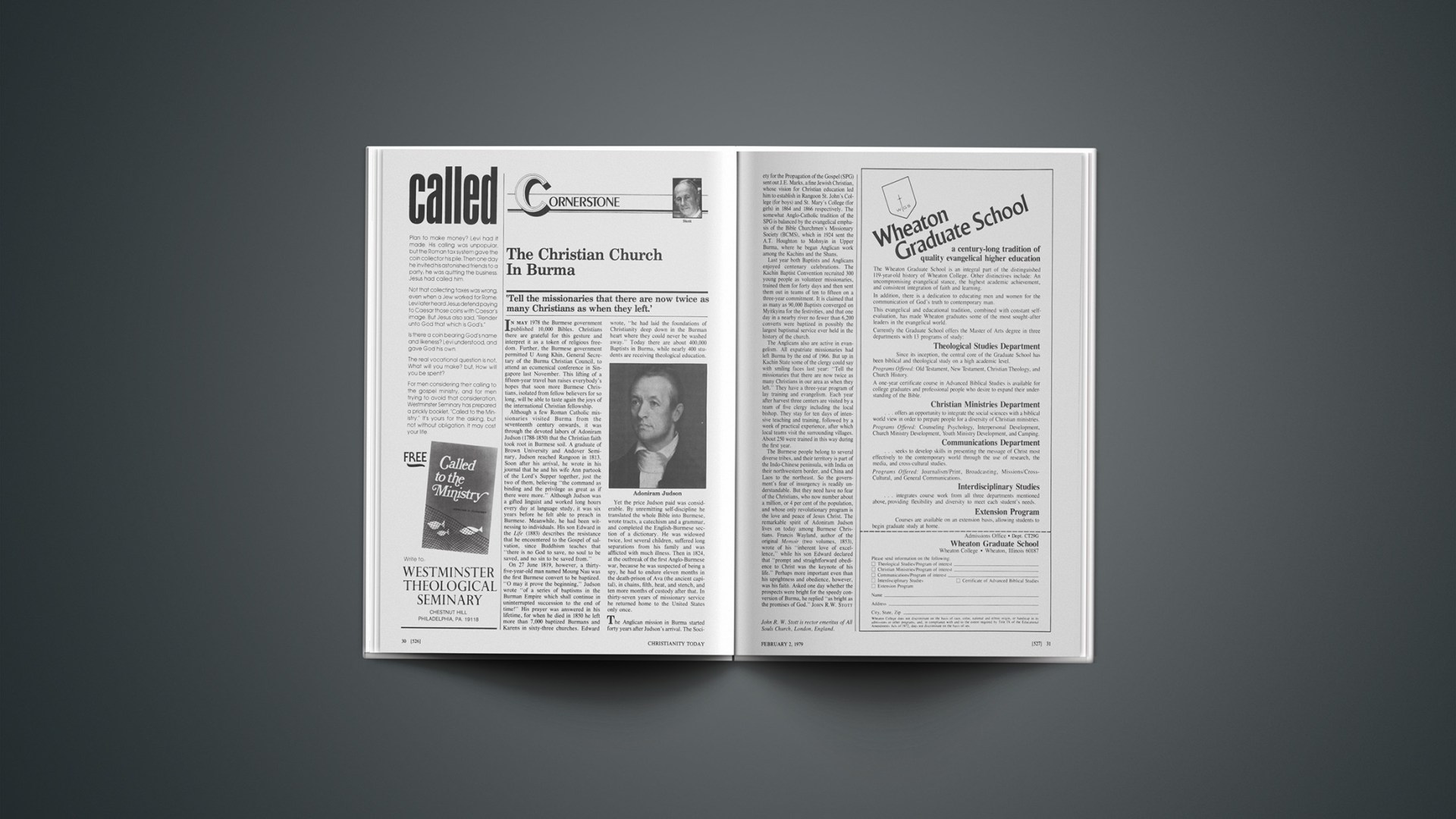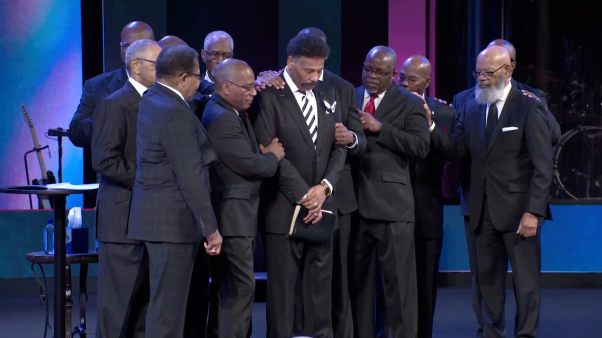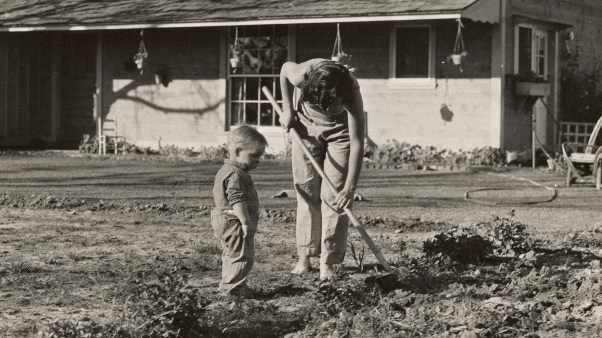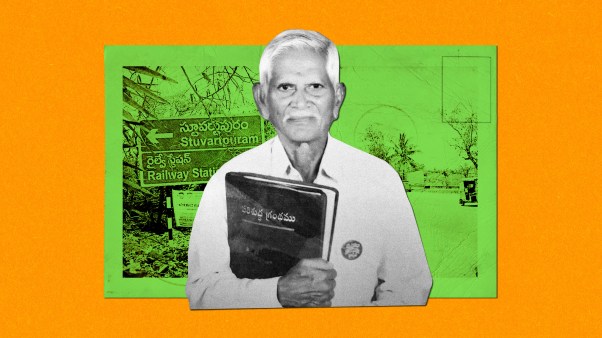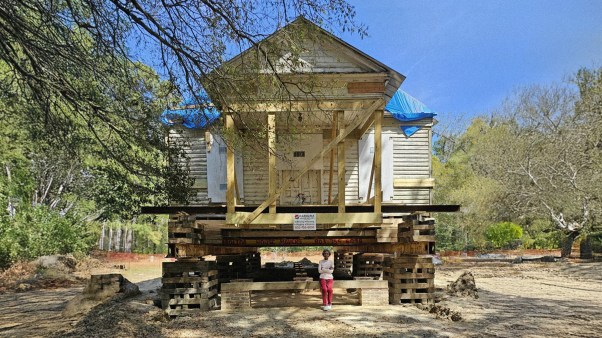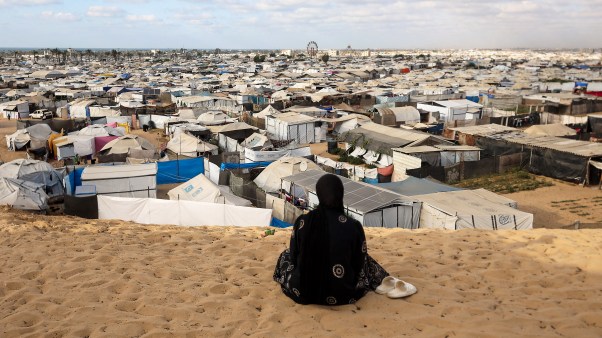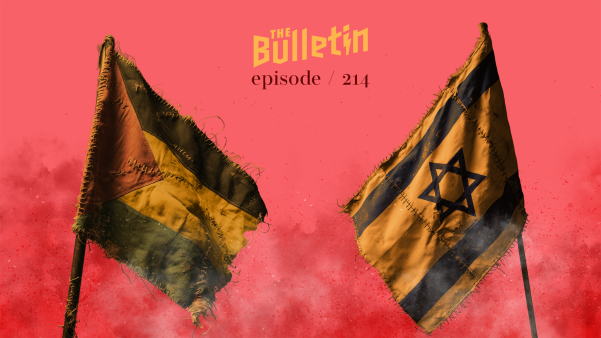In May 1978 the Burmese government published 10,000 Bibles. Christians there are grateful for this gesture and interpret it as a token of religious freedom. Further, the Burmese government permitted U Aung Khin, General Secretary of the Burma Christian Council, to attend an ecumenical conference in Singapore last November. This lifting of a fifteen-year travel ban raises everybody’s hopes that soon more Burmese Christians, isolated from fellow believers for so long, will be able to taste again the joys of the international Christian fellowship.
Although a few Roman Catholic missionaries visited Burma from the seventeenth century onwards, it was through the devoted labors of Adoniram Judson (1788–1850) that the Christian faith took root in Burmese soil. A graduate of Brown University and Andover Seminary, Judson reached Rangoon in 1813. Soon after his arrival, he wrote in his journal that he and his wife Ann partook of the Lord’s Supper together, just the two of them, believing “the command as binding and the privilege as great as if there were more.” Although Judson was a gifted linguist and worked long hours every day at language study, it was six years before he felt able to preach in Burmese. Meanwhile, he had been witnessing to individuals. His son Edward in the Life (1883) describes the resistance that he encountered to the Gospel of salvation, since Buddhism teaches that “there is no God to save, no soul to be saved, and no sin to be saved from.”
On 27 June 1819, however, a thirty-five-year-old man named Moung Nau was the first Burmese convert to be baptized. “O may it prove the beginning,” Judson wrote “of a series of baptisms in the Burman Empire which shall continue in uninterrupted succession to the end of time!” His prayer was answered in his lifetime, for when he died in 1850 he left more than 7,000 baptized Burmans and Karens in sixty-three churches. Edward wrote, “he had laid the foundations of Christianity deep down in the Burman heart where they could never be washed away.” Today there are about 400,000 Baptists in Burma, while nearly 400 students are receiving theological education.
Yet the price Judson paid was considerable. By unremitting self-discipline he translated the whole Bible into Burmese, wrote tracts, a catechism and a grammar, and completed the English-Burmese section of a dictionary. He was widowed twice, lost several children, suffered long separations from his family and was afflicted with much illness. Then in 1824, at the outbreak of the first Anglo-Burmese war, because he was suspected of being a spy, he had to endure eleven months in the death-prison of Ava (the ancient capital), in chains, filth, heat, and stench, and ten more months of custody after that. In thirty-seven years of missionary service he returned home to the United States only once.
The Anglican mission in Burma started forty years after Judson’s arrival. The Society for the Propagation of the Gospel (SPG) sent out J.E. Marks, a fine Jewish Christian, whose vision for Christian education led him to establish in Rangoon St. John’s College (for boys) and St. Mary’s College (for girls) in 1864 and 1866 respectively. The somewhat Anglo-Catholic tradition of the SPG is balanced by the evangelical emphasis of the Bible Churchmen’s Missionary Society (BCMS), which in 1924 sent the A.T. Houghton to Mohnyin in Upper Burma, where he began Anglican work among the Kachins and the Shans.
Last year both Baptists and Anglicans enjoyed centenary celebrations. The Kachin Baptist Convention recruited 300 young people as volunteer missionaries, trained them for forty days and then sent them out in teams of ten to fifteen on a three-year commitment. It is claimed that as many as 90,000 Baptists converged on Myitkyina for the festivities, and that one day in a nearby river no fewer than 6,200 converts were baptized in possibly the largest baptismal service ever held in the history of the church.
The Anglicans also are active in evangelism. All expatriate missionaries had left Burma by the end of 1966. But up in Kachin State some of the clergy could say with smiling faces last year: “Tell the missionaries that there are now twice as many Christians in our area as when they left.” They have a three-year program of lay training and evangelism. Each year after harvest three centers are visited by a team of five clergy including the local bishop. They stay for ten days of intensive teaching and training, followed by a week of practical experience, after which local teams visit the surrounding villages. About 250 were trained in this way during the first year.
The Burmese people belong to several diverse tribes, and their territory is part of the Indo-Chinese peninsula, with India on their northwestern border, and China and Laos to the northeast. So the government’s fear of insurgency is readily understandable. But they need have no fear of the Christians, who now number about a million, or 4 per cent of the population, and whose only revolutionary program is the love and peace of Jesus Christ. The remarkable spirit of Adoniram Judson lives on today among Burmese Christians. Francis Wayland, author of the original Memoir (two volumes, 1853), wrote of his “inherent love of excellence,” while his son Edward declared that “prompt and straightforward obedience to Christ was the keynote of his life.” Perhaps more important even than his uprightness and obedience, however, was his faith. Asked one day whether the prospects were bright for the speedy conversion of Burma, he replied “as bright as the promises of God.”
John R. W. Stott is rector emeritus of All Souls Church, London, England.

